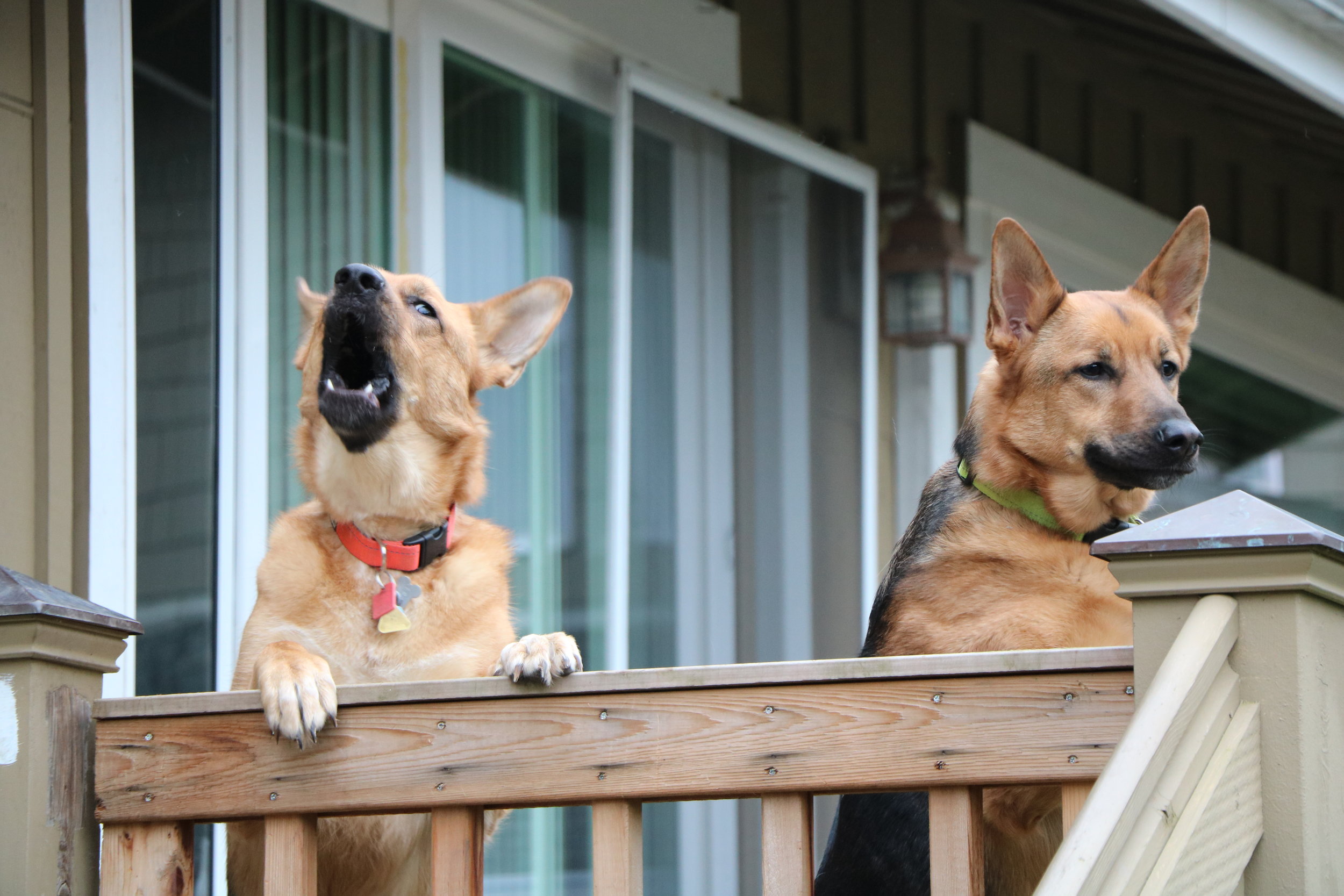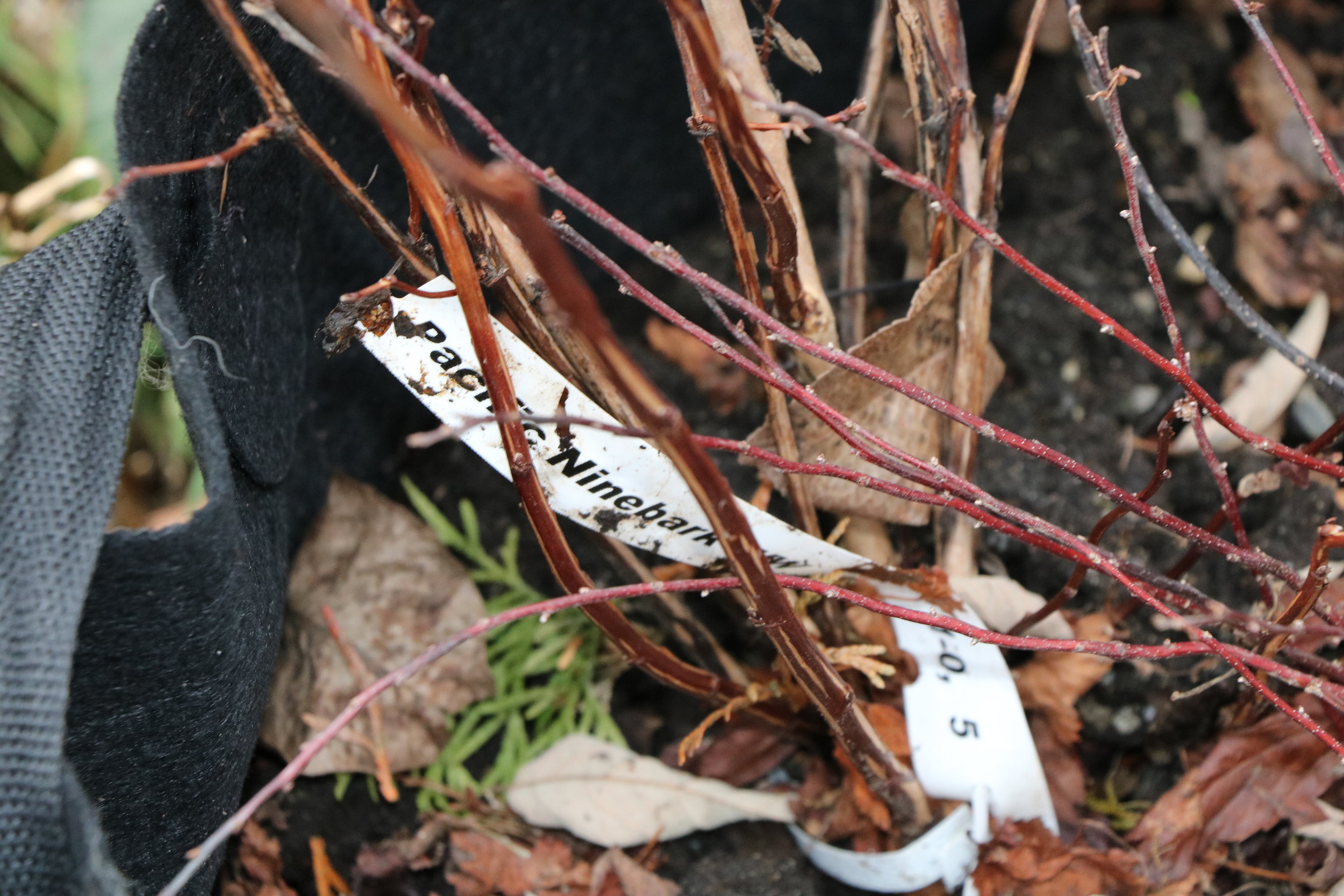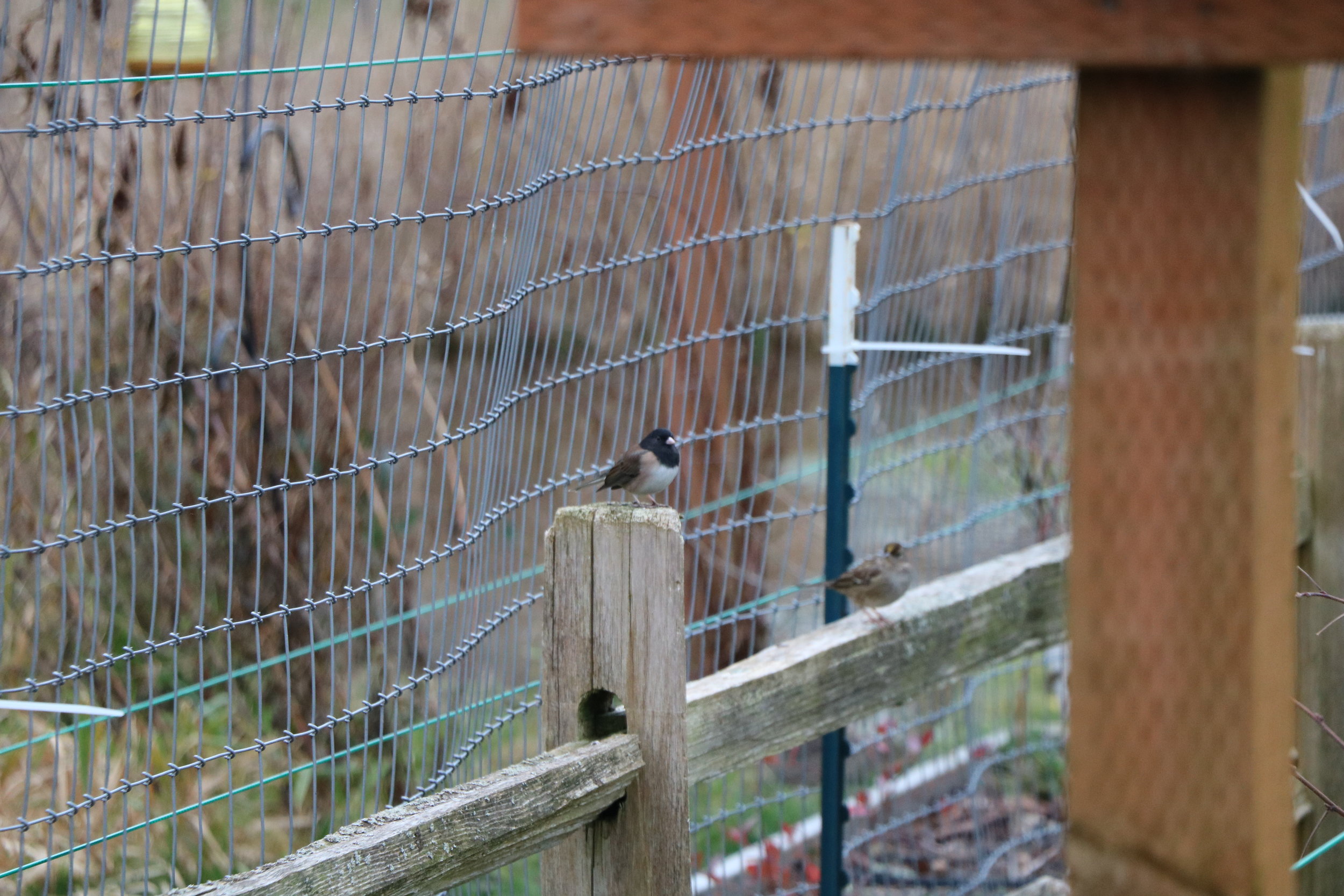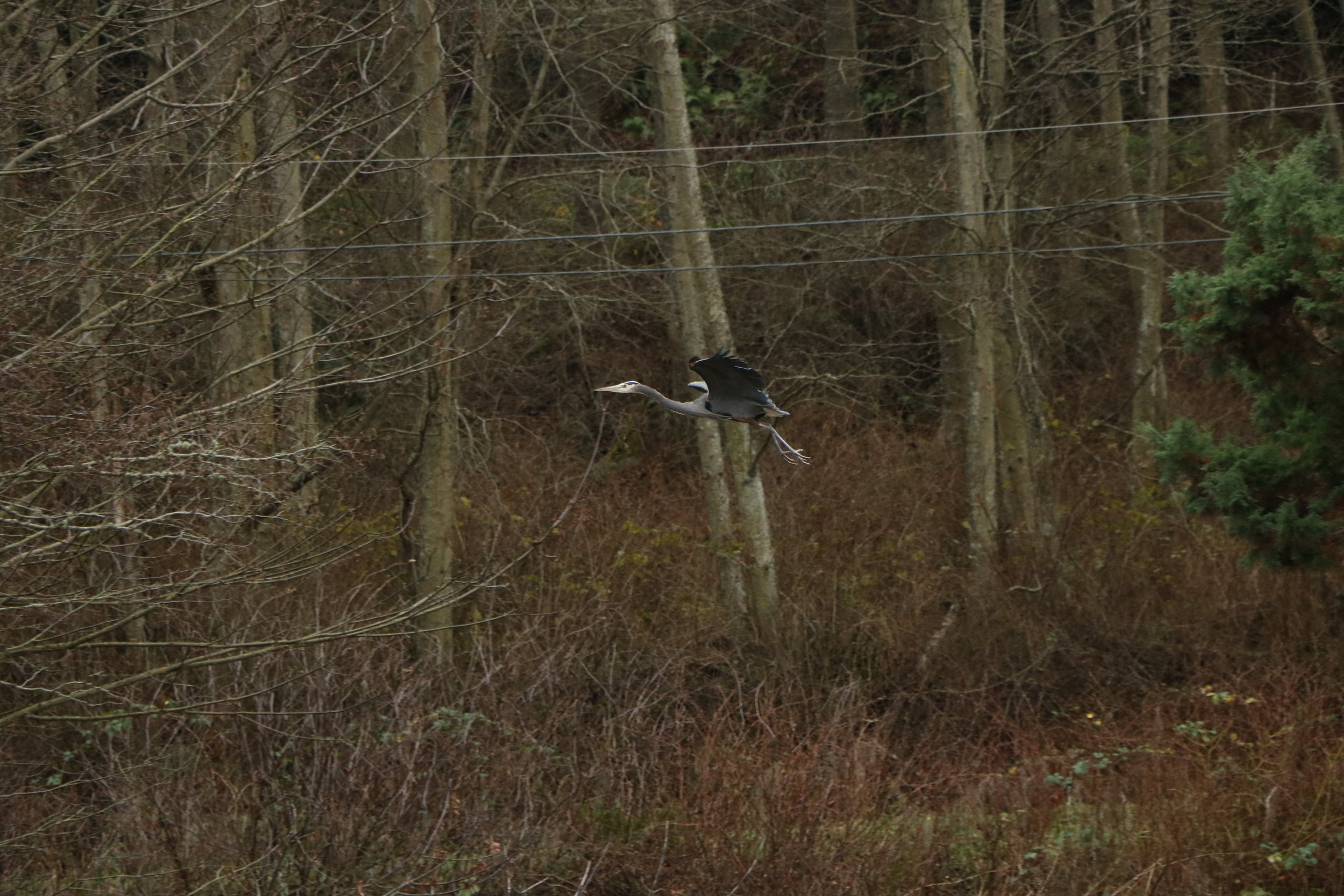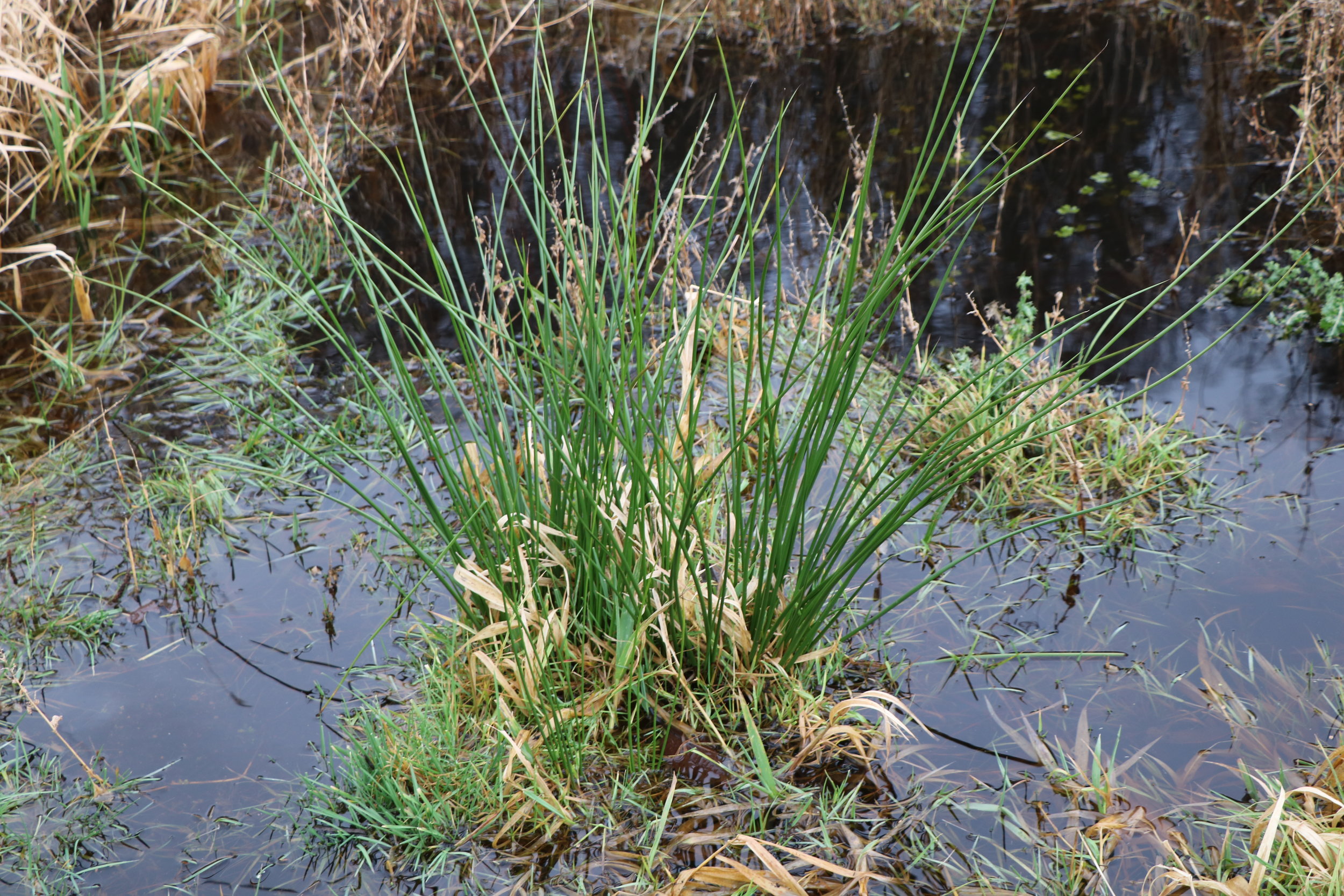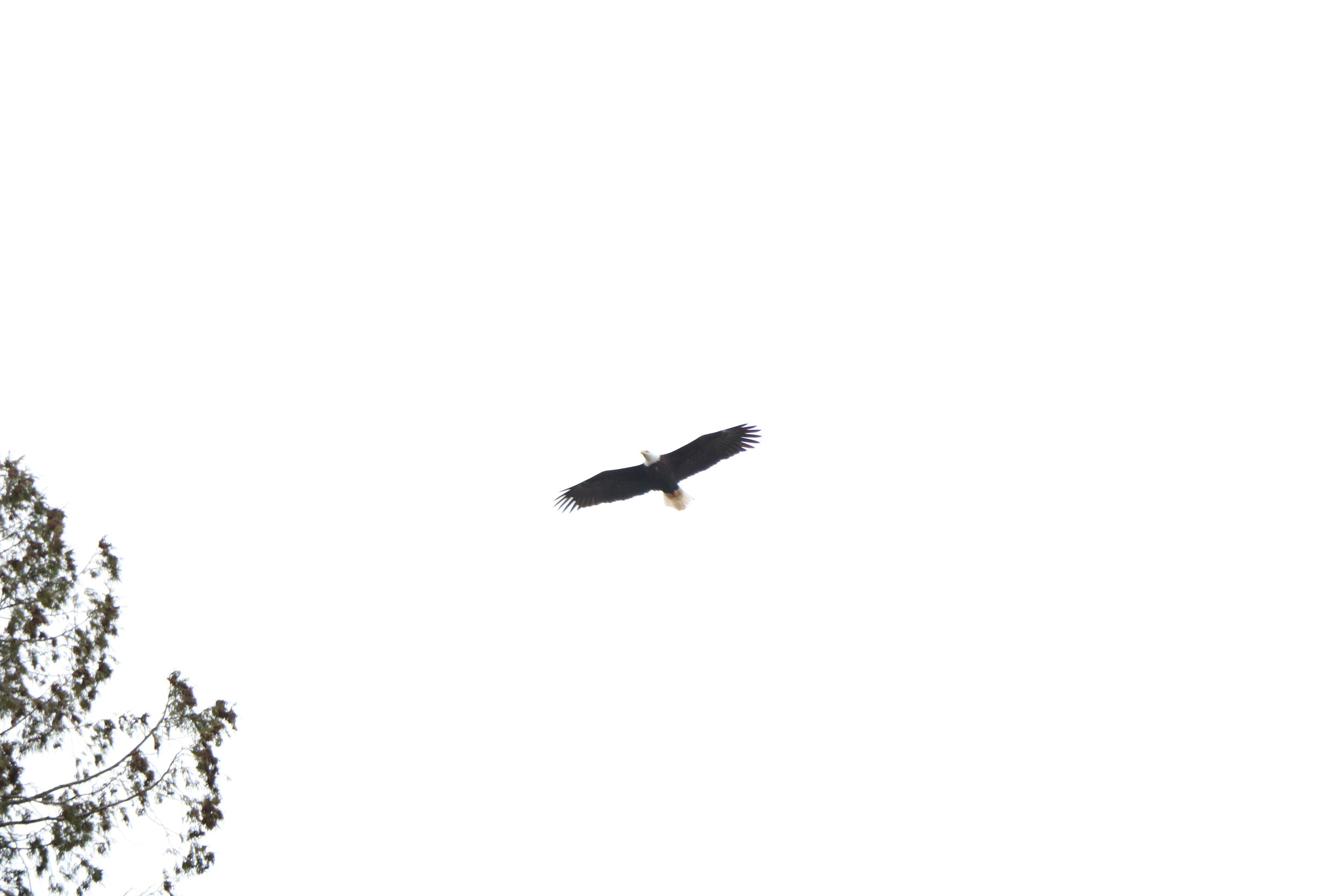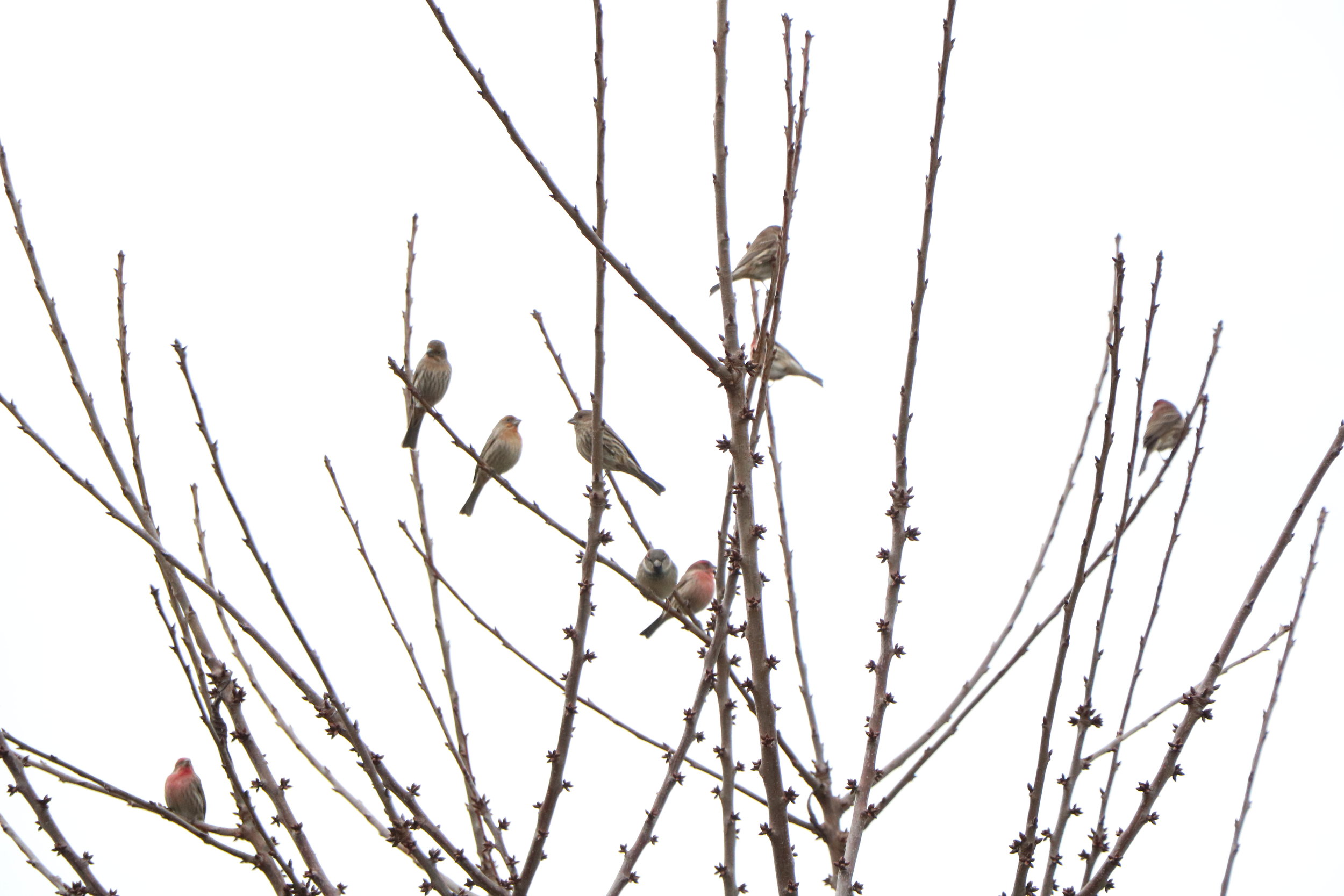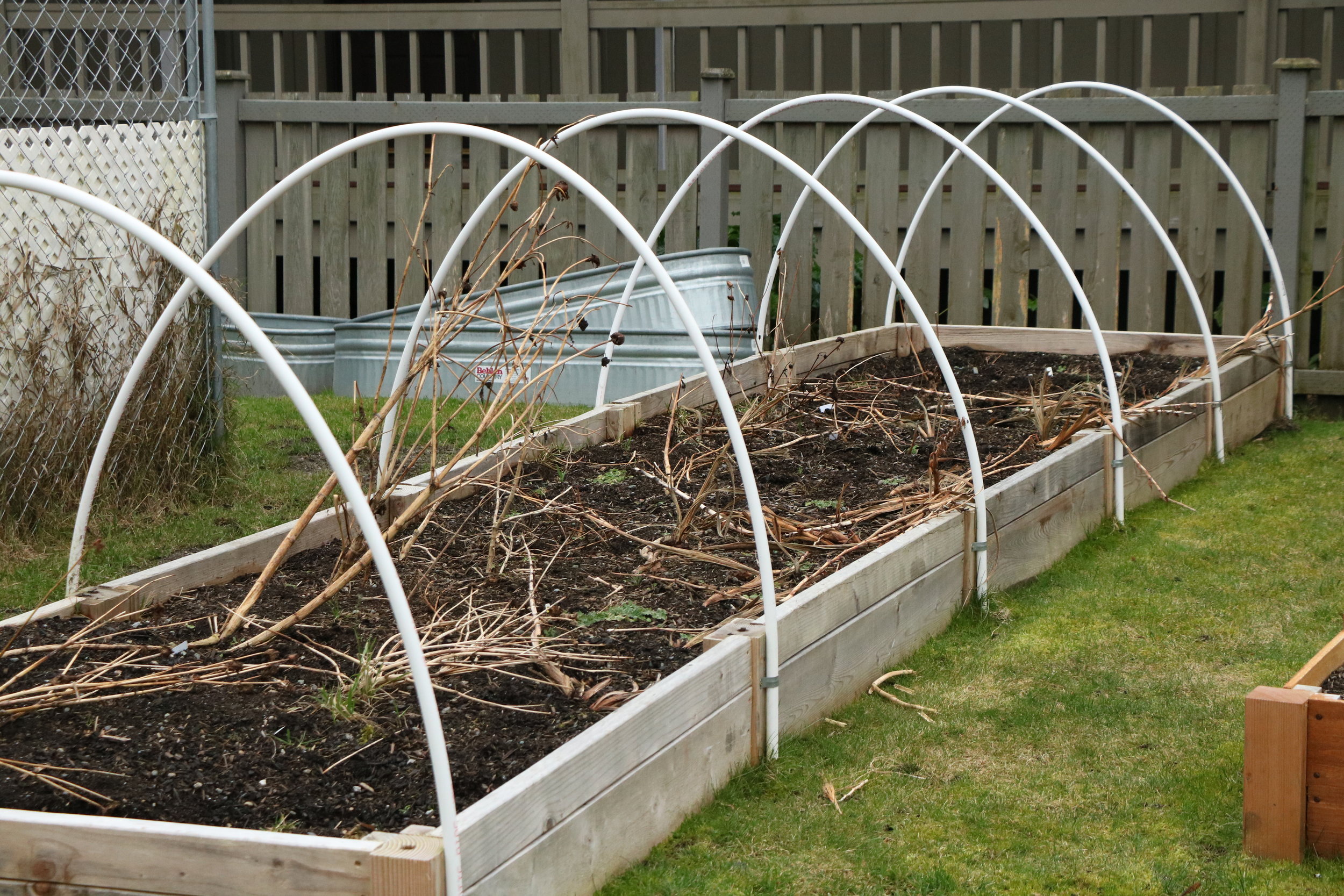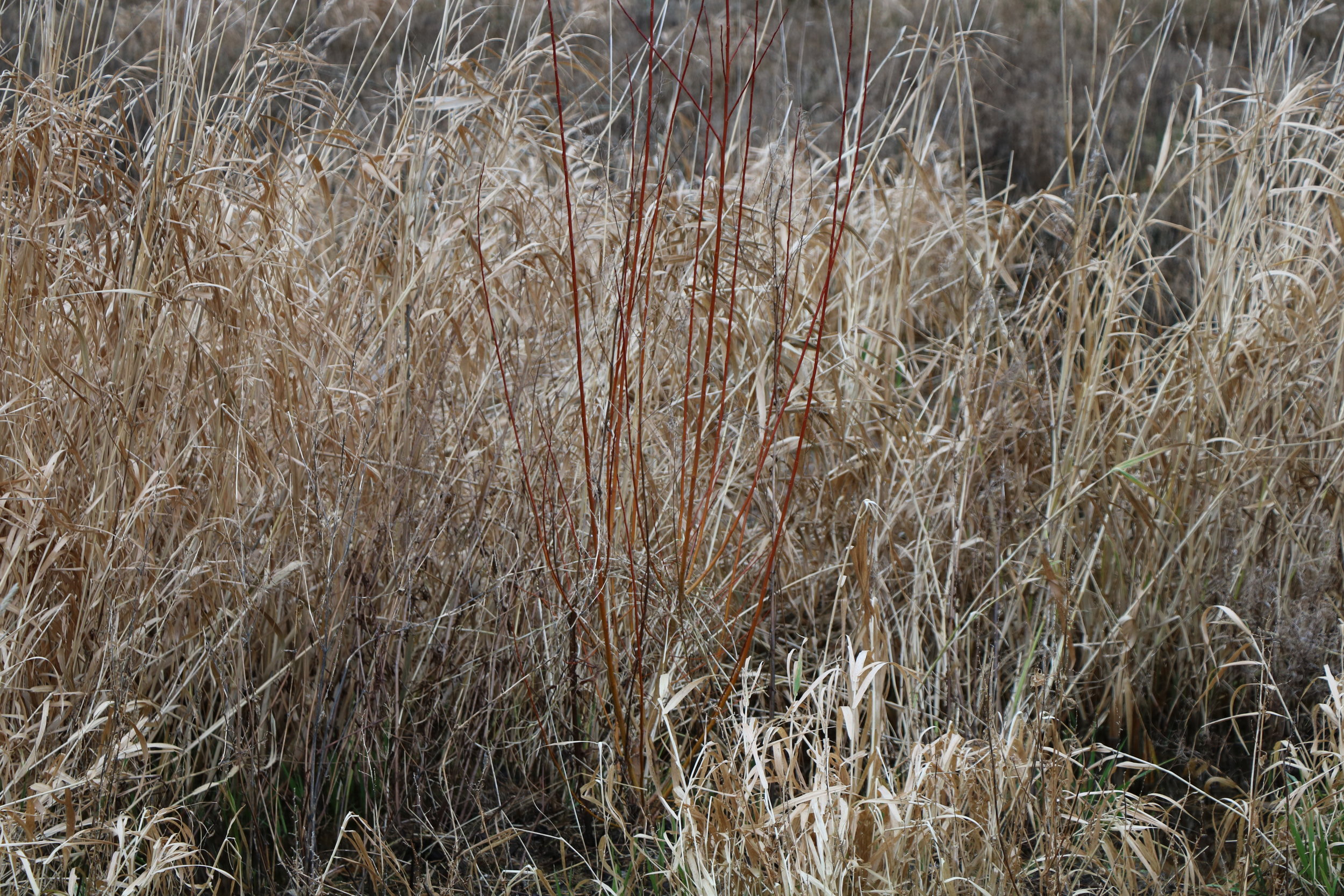Native Plants: YES!
/Story by Kathryn Wells, with technical assistance from Kristin Marshall and photos by Kari Quaas
Colleen has a vision. She labors to create a vibrant, productive, healthy oasis on her property, one that feeds and houses the local birds, frogs, and pollinators. Snohomish Conservation District’s Annual Plant Sale has been helping her do this.
Nearly half of Colleen’s property is a wetland and for the past 3 years, she and her husband, Marty, have been planting native wetland shrubs from the Skagit and Snohomish Conservation District plant sales to increase its plant diversity. Shrubs such as Red Osier Dogwood, Twinberry, and Pacific Ninebark thrive in wet areas and form thickets that provide nesting habitat and food for birds, as well as food and cover for pollinators.
Evidence of her property’s vitality is striking. In just a two-hour visit on a cold winter day, a flock of finches, native sparrows (and House Sparrows), Black-capped Chickadees (her favorites), and Spotted Towhees chirped from a Nootka Rose thicket, Pine Siskins flocked in a nearby tree, shorebirds appeared above and then dove back into the wetland grasses, and Great Blue Herons and Bald Eagles flew overhead, surveying the wetland for prey. In the spring and summer, Colleen enjoys the hundreds of ducks that descend as well as the chorus of frogs. “There’s nothing better in the summer than sitting on the porch and listening to the male frogs call for their girlfriends.” To add to the fun, she will be adding bat houses to her yard, to make sure these important animals have a place to roost and supplement her local mosquito control crew (the swallows that swoop over the wetland all spring and summer).
When asked what her favorite native plant is, Colleen replied, “Yes!”, as in “all of them!” She shares them with friends and suggests that native plants would make great Valentine’s Day gifts (our sale is on February 9th - perfect timing). Her recommendations for easy plants for wet areas include the ones she has planted, Red Osier Dogwood, Twinberry, and Pacific Ninebark, but she also recommends that people should find a plant that seems interesting to them and do a little homework to find out if it would be suitable for their property. Then plant a few and try them out. See what works and what doesn’t, and go from there. We couldn’t say it any better.
If you have a wetland on your property, please call us before you begin your project. These are sensitive and protected areas and our habitat restoration team would be happy to provide guidance on how to best enhance the health of your wetland.
Do you want to become a native plant steward, too? Pre-order your plants by Sunday, January 27, 2019 for pick up at our Annual Plant Sale on Saturday, February 9, 2019.

